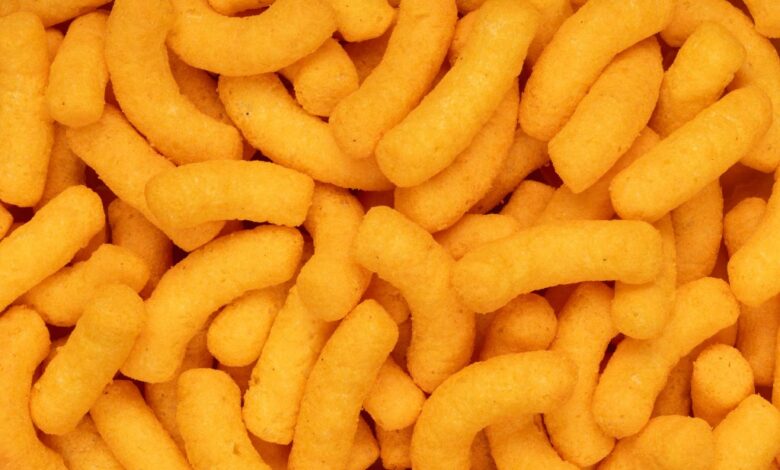Cheetos food coloring turns mice skin transparent: study

This is no puff piece.
Researchers have uncovered the fact that a popular food dye used in Cheetos can turn mice’s skin completely transparent — making their organs visible.
Tartrazine, the yellowing agent for the “dangerously cheesy” snack, was tested on the stomachs and heads of mice — with surprising results.
Researchers were even able to see muscle pulsations and blood vessels in their brains, the Wall Street Journal reported.
How does this ultimate magic trick work? It has to do with how cells are comprised of membranes that hold fats in a watery style, the outlet stated.
The fats and water manage light differently. In this case, when the dye is applied, it causes light to pass through when it hits their cells.
Thus, ta-da! the transparent opacity of invisible mice skin.
“It was one of those moments where you go, that is both really clever and really simple,” researcher Christopher Rowlands, who reviewed the new study in “Science,” told WSJ.
Rest assured, though, it ain’t easy for just anyone to catch a glimpse of your organs the next time you snack up for Sunday football — the doses found in the popular puff are substantially lower.
The coloring agent is better known by its FDA-certified name, FD&C Yellow No. 5. It is found in small amounts in some popular snacks and drinks.
“I wouldn’t worry about making my belly or my gut transparent by eating a bag of Doritos,” said researcher Guosong Hong.
But that day could be coming, researchers said — the team was fully transparent about their plans to test the dye on humans next.
Larger doses of the dye could make searching veins for blood draw easier, according to Hong, who noted that human skin is 10 times thicker than that of the lab mice.




